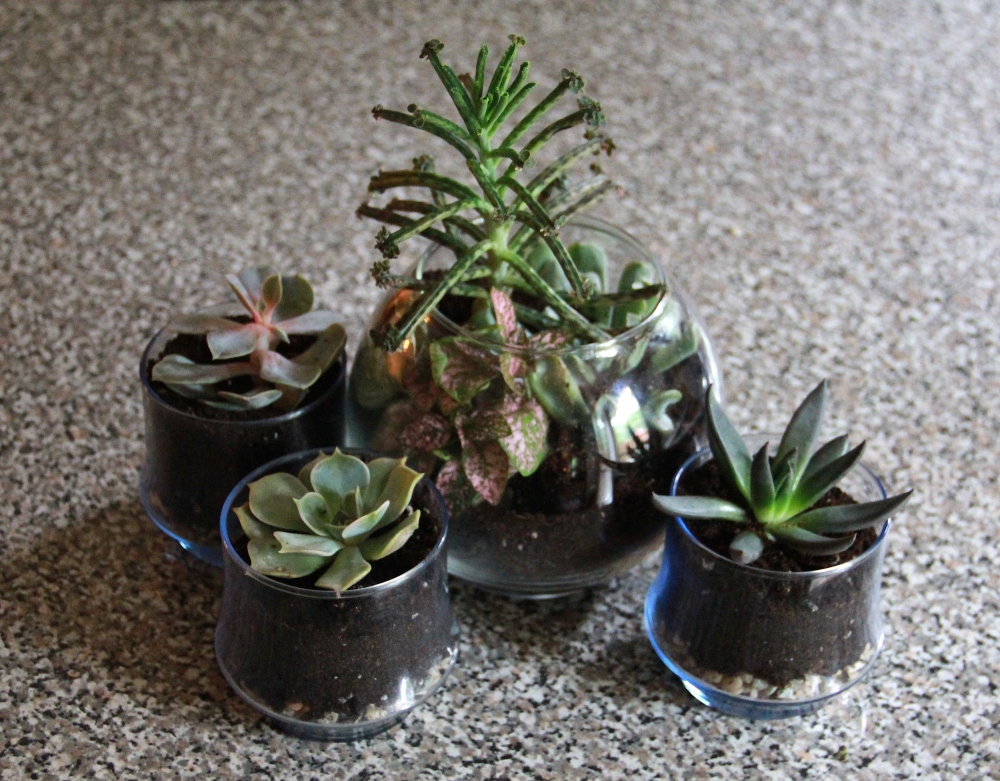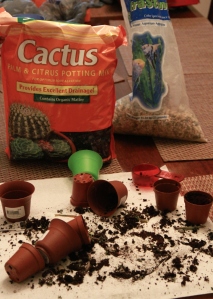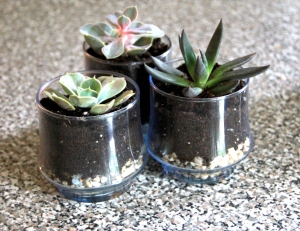I’m finally beginning the long journey into art education, and as part of our first assignment in my class, we were supposed to come up with a list of our top five museum resource sites and our top five art education sites, as well as a lesson plan from each type of resource site to share with the class.
I get a little too excited.
And so, I have decided to share all the exciting resources and pages I have found through this process, and you’ll probably see more pages throughout the next couple of years with many more I discover along the way. 😉
Enjoy!
Museums:
 MoMA Learning
MoMA Learning
http://www.moma.org/learn/moma_learning/tools_tips
This is probably one of my favorite museum sites yet. The site has available slideshows, follow-up worksheets, and other resources for use in the classroom or self-guided learning under dozens of time periods and subcategories.
 American Visionary Art Museum
American Visionary Art Museum
http://www.avam.org/for-educators-and-educatees/past-educational-resources.shtml
You can download PDF files here to print as handouts for your students when they visit the museum and for use in the classroom. There are numerous class activities and critical thinking resources under each lesson unit.
 Art Institute of Chicago
Art Institute of Chicago
http://www.artic.edu/aic/resourcefinder/
The Educator Resource Finder has Artwork Resource Packets on specific pieces, Teacher Manuals on specific time periods or subjects (which would also be valuable as handouts or table laminations), and Thematic Websites on specific topics.
 Dallas Museum of Art
Dallas Museum of Art
http://www.dmaconnect.org/CONNECT/index.htm
Connect is a collection of teaching materials focused on works of art from Africa and Asia in the Dallas Museum of Art collections. Materials offer images of pieces, the descriptions, explanations and histories of the pieces, and teaching ideas based off of each individual piece.
 Museum of Arts and Design
Museum of Arts and Design
http://madmuseum.org/learn/resource-materials
This has a large collection of enormous articles (often 40 pages or more) with well-written, very detailed explanations and lessons. These would be excellent to use portions of, but probably not the entire packet.
Metropolitan Museum of Art
http://www.metmuseum.org/learn/for-educators
Has a lot of lesson plans inspired by their collection pieces.
Baltimore Museum of Art
http://www.artbma.org/educators/resources.html#online
Lessons relating to collection pieces, as well as links to online resources.
Art Education Sites:
 The Teaching Palette
The Teaching Palette
http://theteachingpalette.com/
This is a very exciting a progressive site, with all kinds of articles and lesson ideas. This is definitely one of my top favorites – a site run by art teachers/educators with everything in the field explored.
 Deep Space Sparkle
Deep Space Sparkle
http://www.deepspacesparkle.com/
This educator blogs some amazing lessons in the classroom. It has a ton of art lessons, PDF lesson plans, and resources to make teaching art to kids easier. It also has links to free art lessons, products and resources, and e-courses.
 The Art of Education
The Art of Education
http://www.theartofed.com/
Phenomenal all-around resource for a teacher. It has articles for personal/professional development, how-to-teach sections, and lesson plans separated by age range. It also has online classes for Art Teachers, and an online magazine with daily articles, tips, tricks, and videos.
 iPad Art Room
iPad Art Room
http://www.ipadartroom.com
With the transition into the digital age, knowing how to create assignments out of new technology is crucial. You’ll find lots of lesson ideas, teaching tips, resources and apps. Especially valuable for experienced teachers that are having difficulty learning/incorporating new technology standards into their practice.
 Organized Chaos
Organized Chaos
http://msnovak.blogspot.com/
A teacher’s very cool blog spot full of articles, lesson plans, and ideas. “Creating and teaching art requires a sense of humor and an understanding of organized chaos – as there is no way to create something original without spreading out supplies and getting a little messy.” So true!
Artventures in Middle Schooling
http://bcwmsart.weebly.com/
This site has good examples of allowing the student to approach the project in whatever way they feel is best – what I very recently learned as choice-based education. It’s a very strange/difficult scenario to teach in, but amazing conceptually, and this site helps illustrate how possible and successful it is.
TinkerLab
http://tinkerlab.com/
This site has a lot of DIY’s for the teacher, lesson ideas/prompts, and good articles. Overall, a cute site, too.
School Arts Room
http://www.schoolartsroom.com/
Has some neat articles and lesson ideas, along with a ton of information about current artists.
The Incredible Art Department
http://www.incredibleart.org/
Yet another fantastic site with so many resources – departments, galleries, lesson plans, and even a career/job page.
Art Teachers Hate Glitter
http://athglitter.com/
Have to put this one in here. 🙂 It’s not really a resource site, but it’s a funny day-in-the-life-of-a-teacher site. Matches my humor pretty well.
Resources With Resources!
Choice-Based Art Education
http://choicearted.com/
THE site for explaining choice-based art education and self-directed learning. Also has a list of blogs related to it.
National Art Education Association
http://www.arteducators.org/
This is the big mama of art websites. The site of all sites. Lesson plans, professional development tools, community involvement tools, grants and financial opportunities, resource guides – practically anything you will ever need. I wish I was teaching with a school already so I could sign up…
Blick
http://www.dickblick.com/educators/
Lesson plans to go along with supplies you can buy through Blick, which is one of the major suppliers for classrooms.
Portfolio Oomph
http://www.portfolio-oomph.com/?utm_campaign=Listly&utm_medium=list&utm_source=listly
Good resource for students on how to apply and get into art schools/colleges.
Share My Lesson
http://www.sharemylesson.com/
Lesson plans for all ages and subjects, which you can break down into your particular subject, as well as use cross-curriculum resources.
I know that was so much at once. But hey, there’s even more awesome ones out there! Hope you find some cool stuff out of these!









































